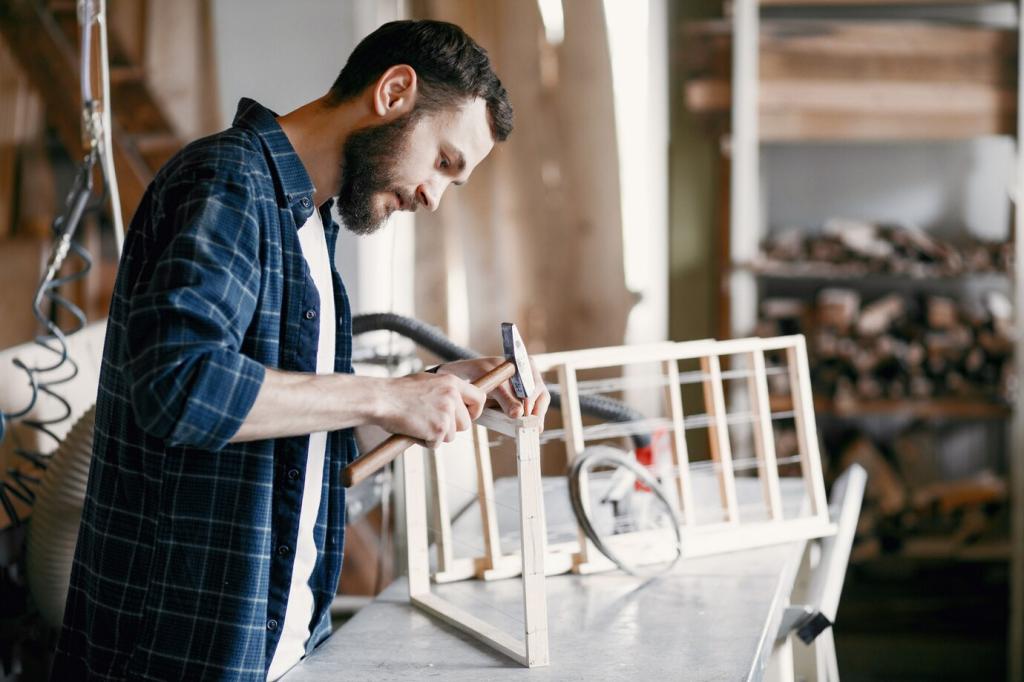How to Handle Vintage Furniture Safely: Care with Confidence
Chosen theme: How to Handle Vintage Furniture Safely. Discover practical steps, heartfelt stories, and expert-backed tips to protect both you and your treasured pieces. From first inspection to everyday care, we’ll help you avoid damage, reduce risks, and build confidence. Share your experiences, subscribe for future guides, and join a community that values longevity over quick fixes.
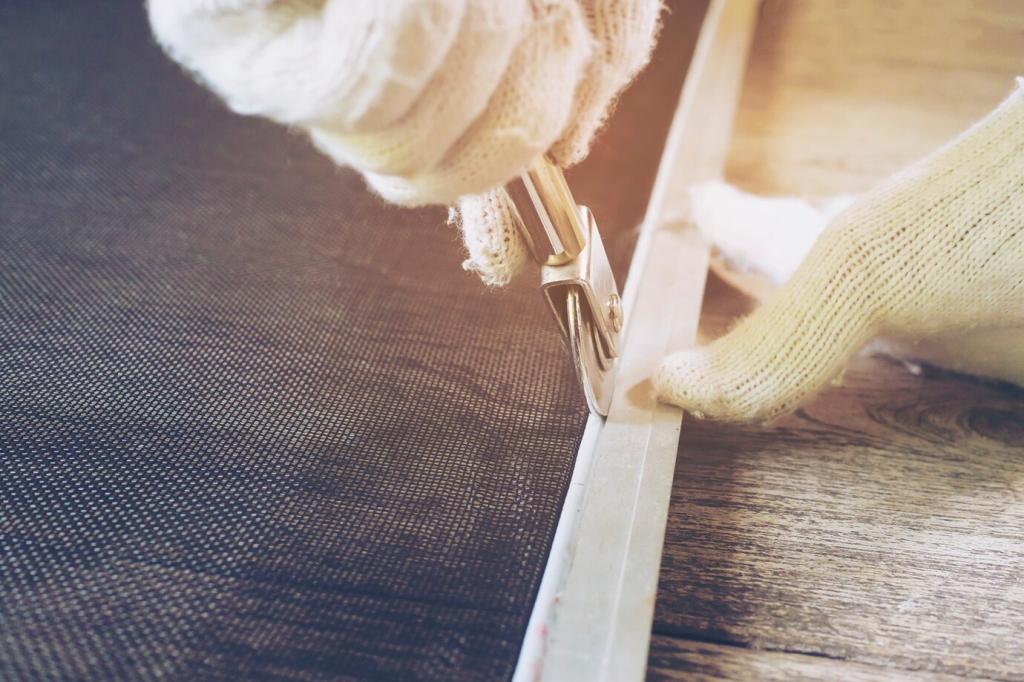
Assess Before You Touch: Read the Story in the Wood
Before handling, test wobble and racking by gently rocking corners, feeling for shifts at joints and legs. Examine veneer edges, drawer runners, and chair rails for looseness. Note odors, sun-fading, and insect pinholes. Small signals now prevent big accidents later.
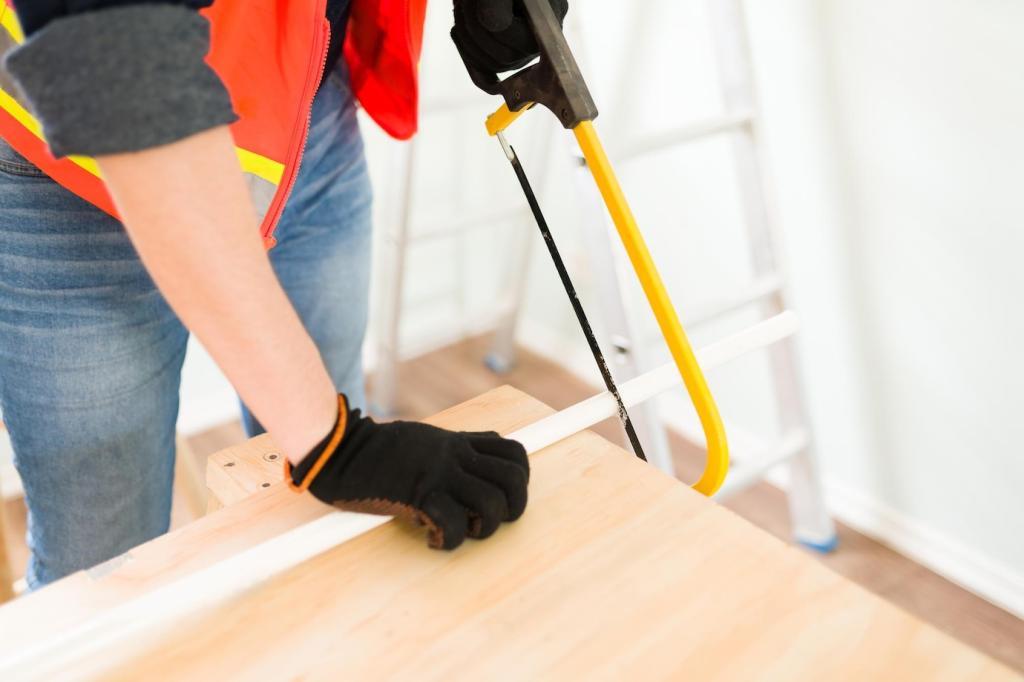
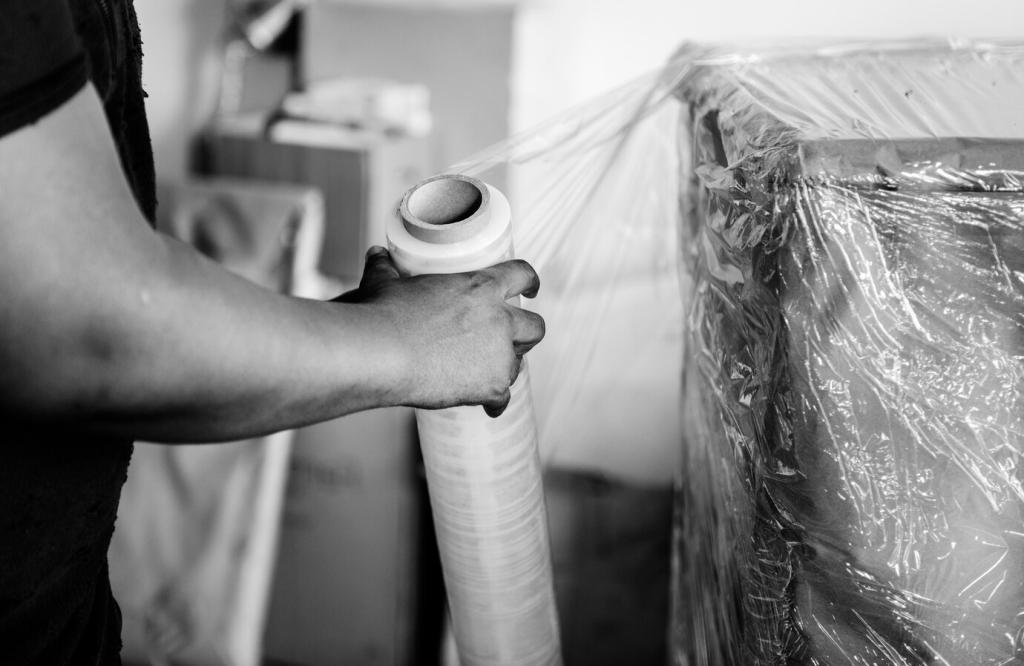
Assess Before You Touch: Read the Story in the Wood
Identify wood species, hardware era, and finish type to guide safe handling. Shellac, lacquer, and oil finishes react differently to cleaners and moisture. Staples can indicate later repairs; hand-cut dovetails suggest age. Document findings and crowdsource clues from fellow readers.
Lift, Move, and Support Without Strain
01
Team Lifts and Body Mechanics
Lift with legs, keep the piece close, and move in coordinated steps, communicating directions clearly. Remove drawers, shelves, and mirrors to reduce weight and shifting. Clear obstacles and tape down rugs. Treat each transition like choreography, not a race, to preserve stability.
02
Tools That Protect
Use forearm straps, sliders, and dollies to reduce torque on brittle joints. Wrap with moving blankets and secure doors using soft ties. Add corner protectors and cardboard shields for tight hallways. These small supports prevent twists that crack rails or shear old glue lines.
03
Micro-Moves Indoors
When inching across rooms, slide atop felt or corrugated cardboard runners, never bare floors. Pivot from sturdy points rather than dragging fragile legs. Let pieces acclimate before final placement, especially after travel. Tell us your favorite micro-move trick that saved a wobbly antique.
Dust with a soft brush, then vacuum using a HEPA filter and mesh screen to avoid sucking fragile veneer. Compressed air at low pressure dislodges crumbs from carvings. Avoid wetting until surfaces are stable; moisture can swell fibers and lift inlays unexpectedly.
Clean Gently, Clean Smart
Finishes, Paint, and Hidden Toxins
Use lead test swabs on suspect painted surfaces. Avoid dry sanding; choose wet methods or chemical stripping done by professionals. Keep children and pets away, wear gloves and a proper respirator, and contain debris carefully. Safety rules protect heirlooms—and everyone in your home.
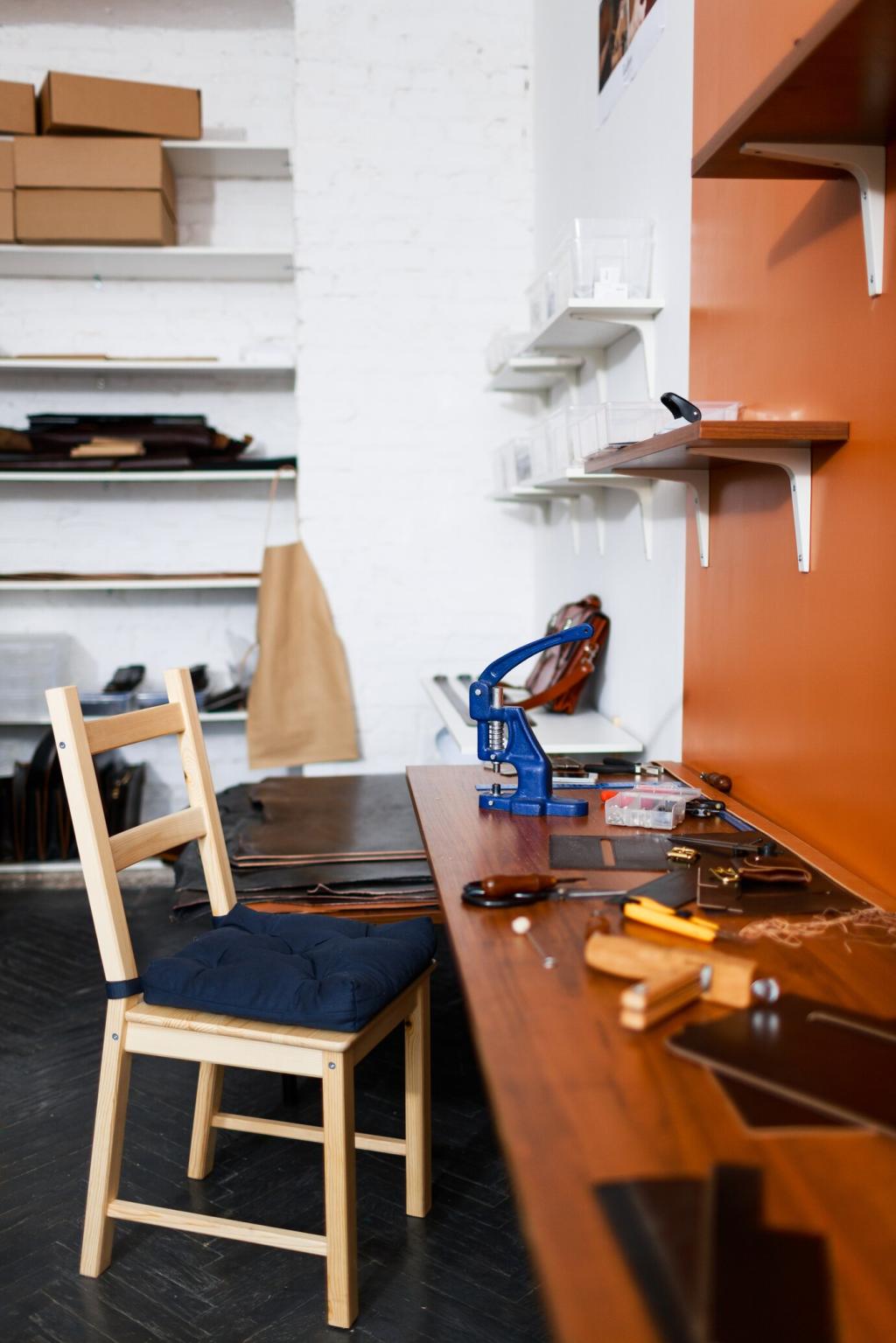
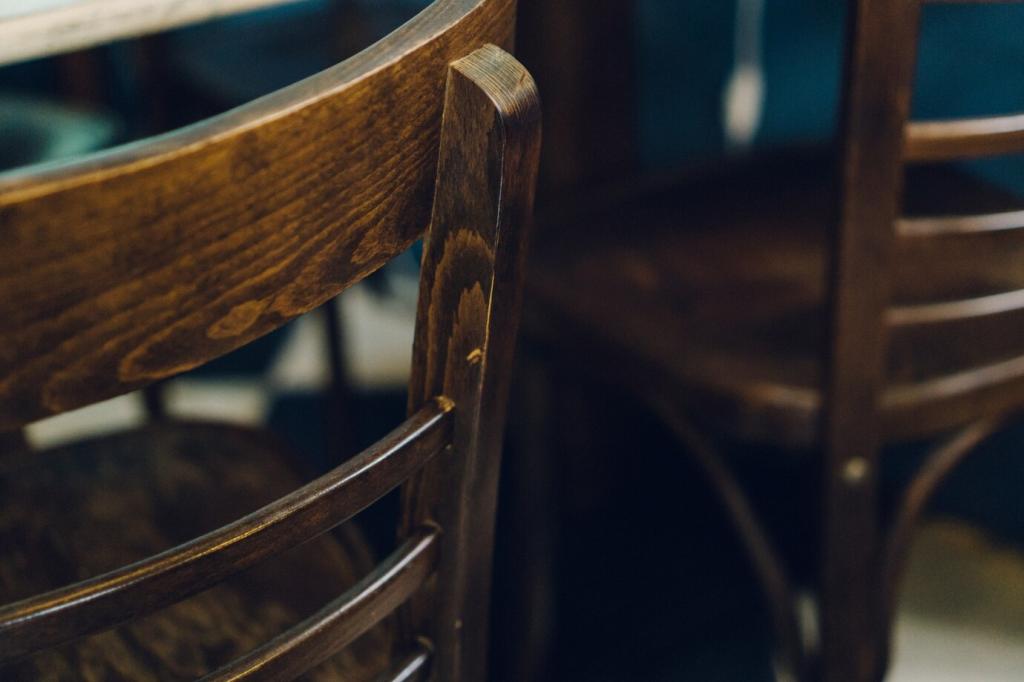
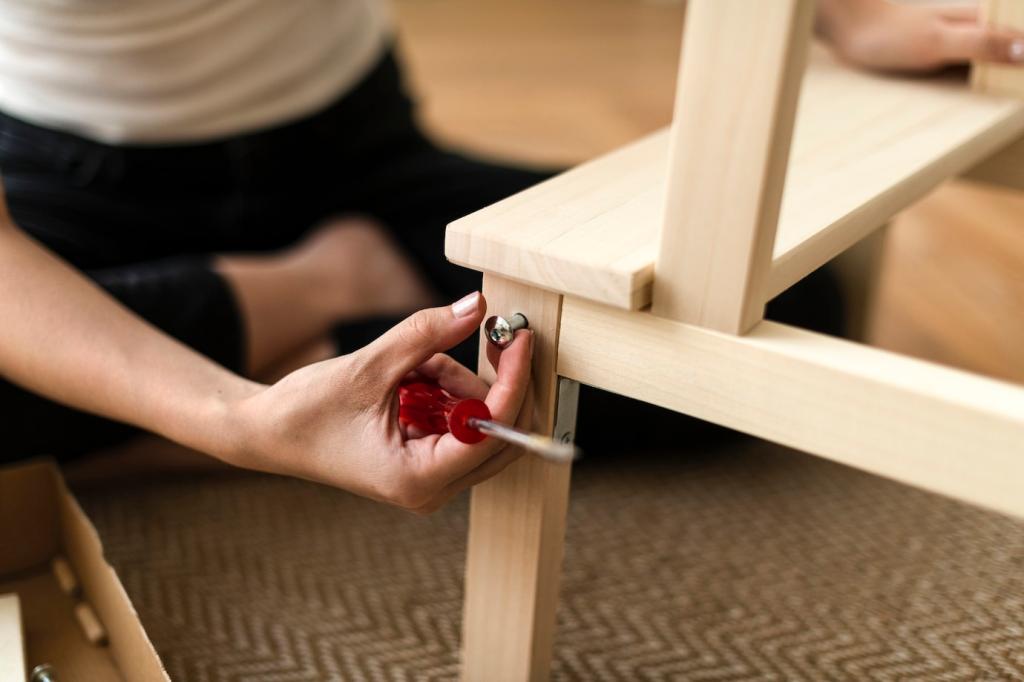
Pests, Mold, and Allergens
Look for fresh frass, tiny flight holes, and new dust beneath feet. Quarantine suspicious pieces in sealed plastic with sticky traps. Consider professional freezing or controlled heat treatment. Avoid oil-based sprays that trap moisture; effective solutions target pests without damaging the substrate.
Pests, Mold, and Allergens
Wear a respirator and gloves. HEPA vacuum spores, then lightly wipe with ethanol on a soft cloth, testing first. Dry slowly in circulating air, not direct sun. A reader once rescued a trunk after a flooded basement—slow, patient drying preserved its delicate paper lining.
Placement, Climate, and Daily Care
Aim for 40–55% relative humidity and steady temperatures. Use humidifiers, dehumidifiers, and hygrometers, especially in seasonal climates. Keep furniture away from vents, fireplaces, and radiators. Small cushions under feet reduce wicking from damp floors and protect delicate leg blocks from stress.
Placement, Climate, and Daily Care
Sunlight fades finishes and dries glues. Use UV film, lined curtains, and rotation schedules for vulnerable pieces. A friend’s walnut desk brightened two shades in one summer; moving it a few feet and filtering light preserved the figure beautifully. Share your light-control strategies.
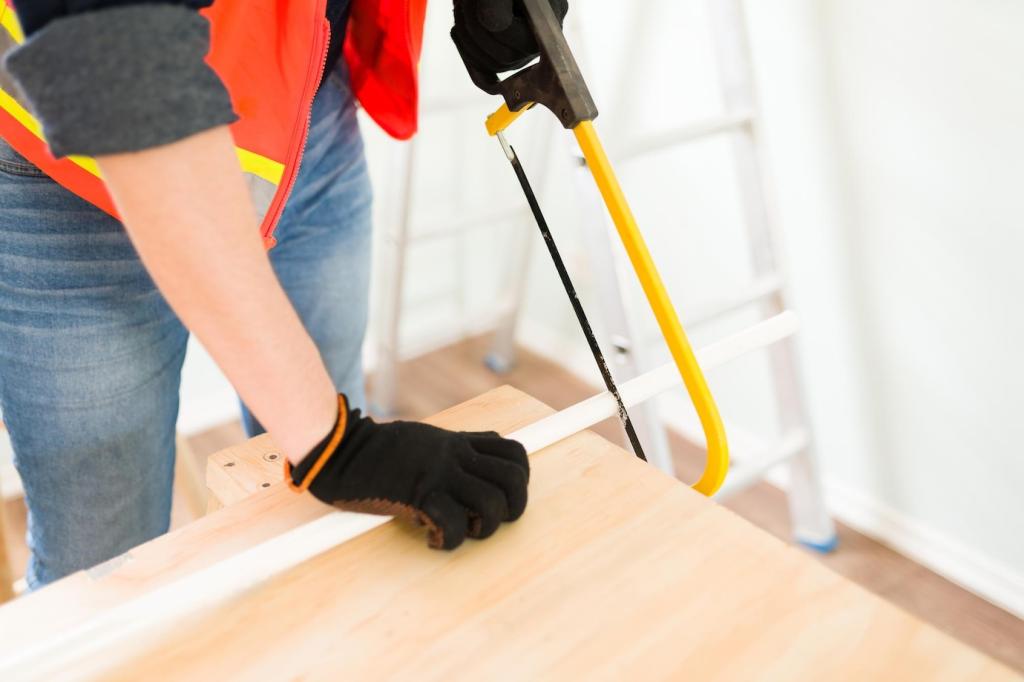
Repair, Restore, or Leave the Patina
Patina records use, love, and time. Over-polishing erases character and can reduce value. A penciled signature inside a drawer once guided our decision to gently conserve rather than refinish. Share your moments when restraint protected a meaningful chapter in a piece’s life.
